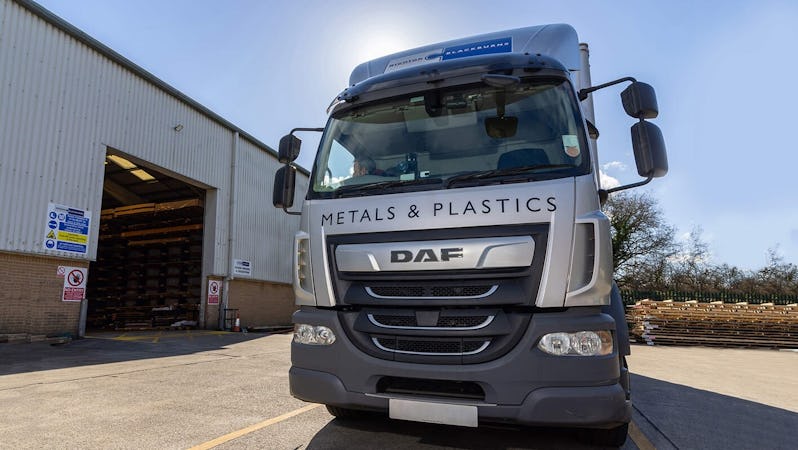Maintenance of Stainless Steel
Many people believe that stainless steel can’t get rusty and that stainless steel is completely rust- proof. In fact, although stainless steel is an alloy that contains chromium and other elements offering a certain amount of resistance to corrosion the base material is virtually as active as ordinary carbon steel.
The noble nature of stainless is due to an ultra-thin passive chromium oxide layer on the surface, but in the absence of this layer the material is rapidly corroded. So good care should be taken of this oxide layer to ensure stainless steel will last a lifetime. In other words, stainless steel is not at all maintenance free. It can, however, be said to be low maintenance.
A component made from stainless steel can be compared to a healthy apple that keeps for a long time thanks to its peel, which is less than a tenth of a millimetre thick, but no substances are able to escape or enter – until a worm eats its way through the peel, triggering the rotting process. The flesh of the apple will also oxidize quickly when the apple is cut in half. The ‘skin’ on stainless steel is much thinner than apple peel yet also provides complete enclosure, which is why, normally speaking, no metal ions can escape and no foreign substances can enter. However, if this skin is exposed to an excessive chemical load, it will break down, leading to corrosion. The biggest difference from the apple is the ability of stainless steel to repair its oxide layer by itself. This is particularly applicable when the layer is damaged mechanically and the chromium oxide layer disappears in local areas. Thanks to the oxygen in the air, passivation of the material will occur spontaneously in those areas through the formation of a new layer of chromium oxide. This is known as the ‘self-healing effect’ although this mechanism can be badly disrupted in the presence of chlorides.
Dirt Deposits
Stainless steel must be able to ‘breathe’ as it exists thanks to oxygen. Although oxygen serves to maintain the thickness of the oxide layer, oxygen is a relatively large molecule however and must be in contact with the surface. This is obviously not a problem when the surface is clean. Places not exposed to rain are particularly susceptible to under-deposit corrosion.
Aerosols are small droplets of sea water which evaporate when airborne, increasing their concentrations of salts and chlorides. These settle on the stainless steel surface and the chlorides push their way under the dirt deposits in the pores, where they attack the material. If nothing is done, this corrosion will slowly spread further and can create "tea stains".
The Solution
So to repeat, it is vital that stainless steel products and fabrications are:
- Clean when they go into service and. In particular weld areas must be free from discolouration and contamination plus any mild steel contamination that may have occurred during fabrication must be completely removed.
- Kept clean whilst in service.
Surface Finish
The surface finish of the stainless steel is also a key factor and will have a major effect on the corrosion resistance of the stainless steel. Many ‘polished’ finishes that are applied to stainless steel are highly directional ground (scratched) finishes applied using dry abrasives. These perform very poorly in terms of both corrosion resistance and cleanability. They have the propensity to trap dirt and contaminants whilst their roughness hinders proper cleaning as well as an even formation of the passive layer.
Cleaning Products
Stainless steel is easy to clean. Washing with soap or a mild detergent and warm water, followed by a clear water rinse, is usually quite adequate for domestic and architectural equipment. An enhanced aesthetic appearance will be achieved if the cleaned surface is wiped dry.
Where stainless steel has become extremely dirty with signs of surface discolouration or tea- staining, (perhaps following a period of neglect or misuse) then a more aggressive cleaning regime will be required. In this case the choice of cleaning products will depend to some degree upon the surface finish since some cleaning chemicals may spoil a mirror polished finish.
- Any cleaning products used must not affect the polished finish and, if likely to damage the passive surface layer must be followed by a re-passivation treatment.
- For both initial cleaning and on-going cleaning, care must be taken to use soft, non-abrasive cleaning cloths that are clean and not contaminated in any way with iron or mild steel.





